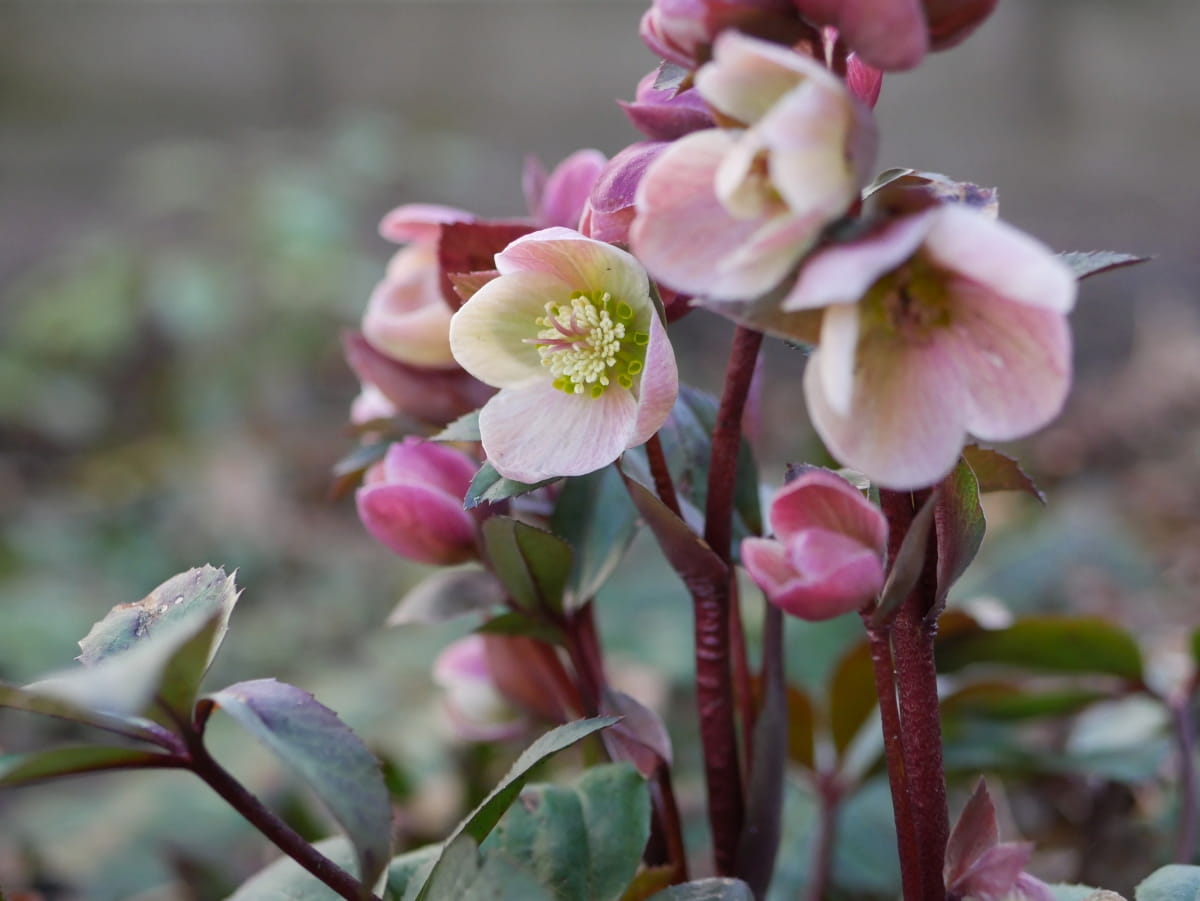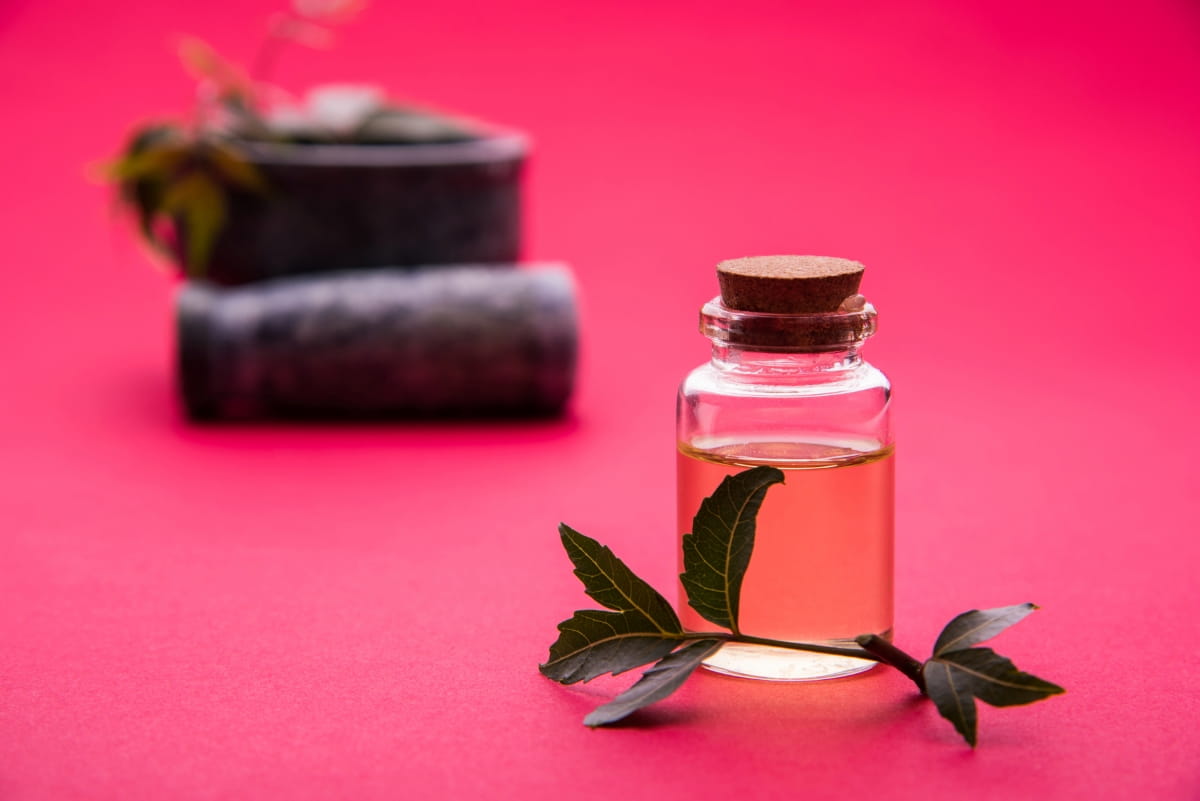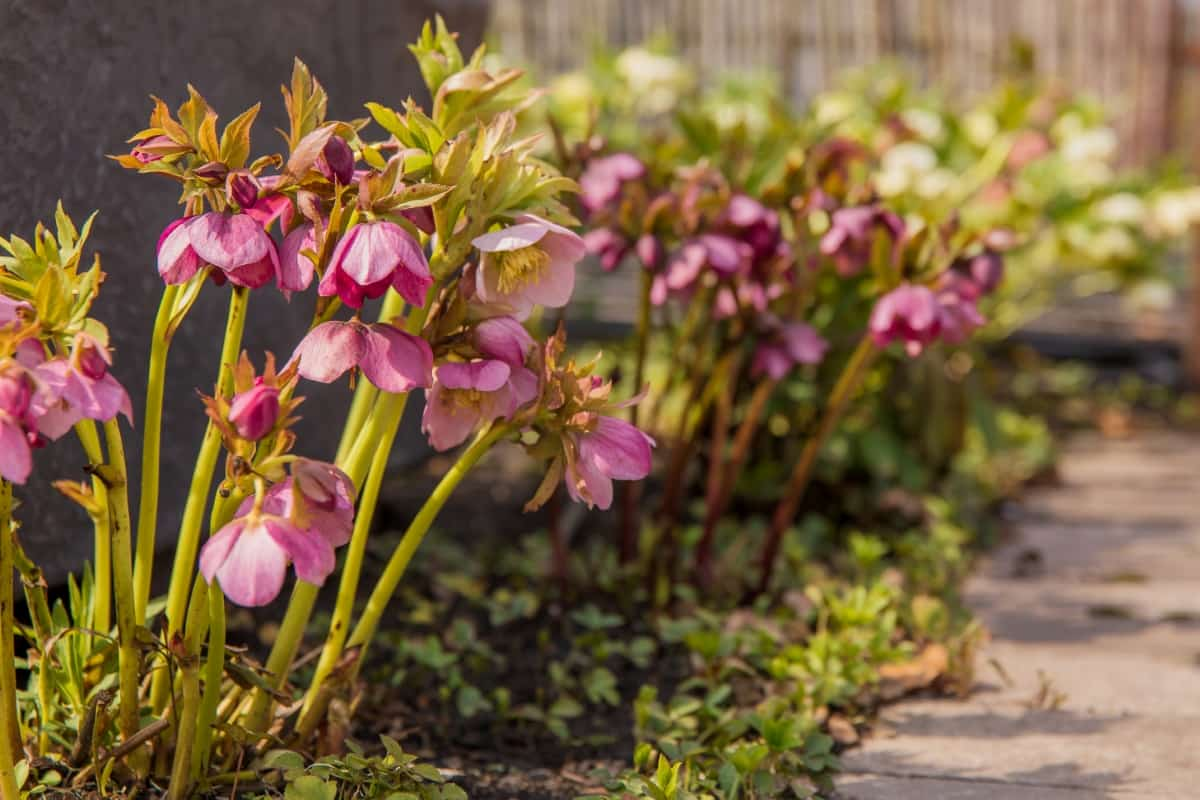Hellebore plants, known for their winter blooms, often face challenges like hellebore aphids, pests, and diseases that can harm them. To protect these plants, using neem oil is a natural and effective method. Learning how to use neem oil on hellebore plants, especially during winter, is essential for gardeners.

This article explores the benefits of neem oil for hellebores, how to prepare and apply it, the right concentration for mixing, its effectiveness on different hellebore varieties, its longevity, and its use with other pest control methods. Additionally, we’ll discuss common pests and diseases that neem oil can help control.
How to Use Neem Oil on Hellebore
Neem Oil and its Benefits for Hellebore Plants
Neem oil is a natural pesticide that offers numerous benefits for hellebore plants. It’s effective in controlling various pests and diseases without harming the plants or the environment. It’s particularly useful in controlling hellebore aphids and other common pests, ensuring the plants remain healthy and vigorous. Additionally, neem oil can help in treating fungal diseases, which are a common concern for hellebore growers.
How to Prepare Neem Oil to Use on Hellebore Plants
Preparing neem oil for use on hellebore plants is a straightforward process. Start by selecting a high-quality neem oil product. Mix the neem oil with water as per the instructions on the product label. It’s important to use lukewarm water to ensure that the neem oil blends well. For better effectiveness, you can add a mild liquid soap or an emulsifier, which helps the oil mix evenly with the water.
Make sure to stir the mixture thoroughly to create a well-blended solution. It’s best to prepare the mixture fresh each time you plan to apply it, as neem oil can lose its potency over time when mixed with water.
How to Apply Neem Oil on Hellebore Plants
Applying neem oil on hellebore plants should be done carefully to ensure maximum effectiveness. Spray the neem oil solution on all parts of the plant, including the underside of leaves where pests often hide. The best time to spray is either early in the morning or late in the afternoon to avoid direct sunlight, which can cause the leaves to burn.
In case you missed it: How to Use Neem Oil on Columbine Plants: A Natural Way to Get Rid of Bugs from Columbine Plants

When applying neem oil on hellebore plants in winter, ensure that the temperature is not too cold, as this can affect the plant’s ability to absorb the oil. Regular application, especially during peak pest seasons, will help keep the plants healthy and free from pests.
Mixing and Dilution for the Right Concentration of Neem Oil for Hellebore Plants
Getting the right concentration of neem oil is crucial for its effectiveness. Typically, a 2% solution is recommended, which translates to about 2 teaspoons of neem oil per liter of water. Over-concentrating the mixture can harm the plants, while under-concentrating it may not be effective against pests. Always mix the solution well and use it immediately. If you have doubts about the concentration, it is advisable to begin with a more diluted solution and incrementally raise it if necessary.
Can Neem Oil Be Used on All Hellebore Plant Varieties?
Neem oil is generally safe for use on all hellebore plant varieties. However, it’s always a good practice to test the oil on a small area of the plant first. Wait for 24 hours to check for any adverse reactions, such as leaf burn or discoloration. Some hellebore varieties might be more sensitive to neem oil, especially at higher concentrations. If you notice any negative effects, try diluting the mixture further or consult with a gardening expert for advice. In most cases, neem oil can be safely used as a part of regular pest control for hellebores.
How Long Does Neem Oil Stay Effective on Hellebore Plants?
The effectiveness of neem oil on hellebore plants can last for about one to two weeks. Nonetheless, the timeframe may fluctuate depending on environmental elements such as precipitation, sunlight, and temperature. Frequent rain can wash off the neem oil, requiring more frequent applications.
In case you missed it: How to Use Neem Oil on Catnip Plants: A Natural Way to Get Rid of Bugs from Catnip Plants

Typically, it is recommended to regularly reapply neem oil every one to two weeks to maintain consistent protection, especially during the active growing season when pests are most prevalent. Regularly inspecting plants for signs of pests and diseases can assist in determining the appropriate interval for applying neem oil.
Using Neem Oil in Combination with Other Pest Control Methods
Neem oil is a valuable component in a holistic approach to safeguarding hellebore plants from pests. It can be safely used alongside both organic and chemical pest control solutions. However, it’s crucial to follow recommended guidelines and avoid direct mixing with other products.
Instead, integrate neem oil into a rotational pest management plan to deter the development of pest resistance. Combining neem oil with good cultural practices, such as proper watering and soil health management, enhances its effectiveness and helps maintain healthy hellebore plants.
Some Common Pests and Diseases that Neem Oil Can Control on Hellebore Plants
Neem oil particularly good at controlling hellebore aphids, which can be a major problem for these plants. Aphids can weaken hellebores and spread diseases, but regular application of neem oil can keep them at bay. Neem oil also helps in preventing fungal diseases like black spot and powdery mildew, which are common in hellebores.
In addition to aphids, neem oil can deter other pests like beetles and caterpillars that are known to eat hellebore leaves. Regular use of neem oil as part of a pest control regimen can significantly reduce the incidence of these pests and diseases, ensuring the hellebores remain healthy and attractive.
How to Monitor the Effectiveness of Neem Oil on Hellebore Plants
Monitoring the effectiveness of neem oil on hellebore plants involves regularly inspecting the plants for signs of pests and disease. Look for changes in the appearance of leaves, flowers, and stems after applying neem oil. Reduced pest activity or the healing of previously affected areas indicates that the neem oil is working. Maintain a log of application dates and observations to monitor progress and make adjustments to the treatment plan as needed. If pests persist, consider increasing the frequency of application or consulting a gardening expert for advice.
Safety Precautions to Take when Using Neem Oil on Hellebore Plants
When using neem oil on hellebore plants, it’s important to take safety precautions to protect yourself and the environment. Use neem oil in well-ventilated areas and avoid inhaling the spray. Be mindful of beneficial insects and apply neem oil during times when pollinators are less active, such as early morning or late evening. Store neem oil and its mixture out of reach of children and pets. Following these safety measures ensures a safe and responsible use of neem oil in your garden.
In case you missed it: How to Use Neem Oil on Calendula: A Natural Way to Get Rid of Bugs from Calendula Plants

Conclusion
Using neem oil on hellebore plants is an effective and natural way to combat pests and diseases. Remember to take necessary safety precautions for a safe and environmentally friendly gardening experience.
- Feed Your Flock for Less: Top 10 Tips to Save on Chicken Feed
- Ultimate Guide to Ossabaw Island Hog: Breeding, Raising, Diet, and Care
- Hatching Answers: The Top 10 Reasons Your Chickens Aren’t Laying Eggs
- Eggs and Economics: Breaking Down the Cost of Raising Backyard Chickens
- Defend Your Greens: Proven Methods to Keep Iguanas Out of Your Garden
- Ultimate Guide to Cinnamon Queen Chicken: A Comprehensive Guide for Beginners
- Ultimate Guide to California Tan Chicken: Breeding, Raising, Diet, Egg-Production and Care
- Ultimate Guide to Marsh Daisy Chicken: Breeding, Raising, Diet, and Care
- 10 Types of Chicken Farming Businesses You Can Start for Profits